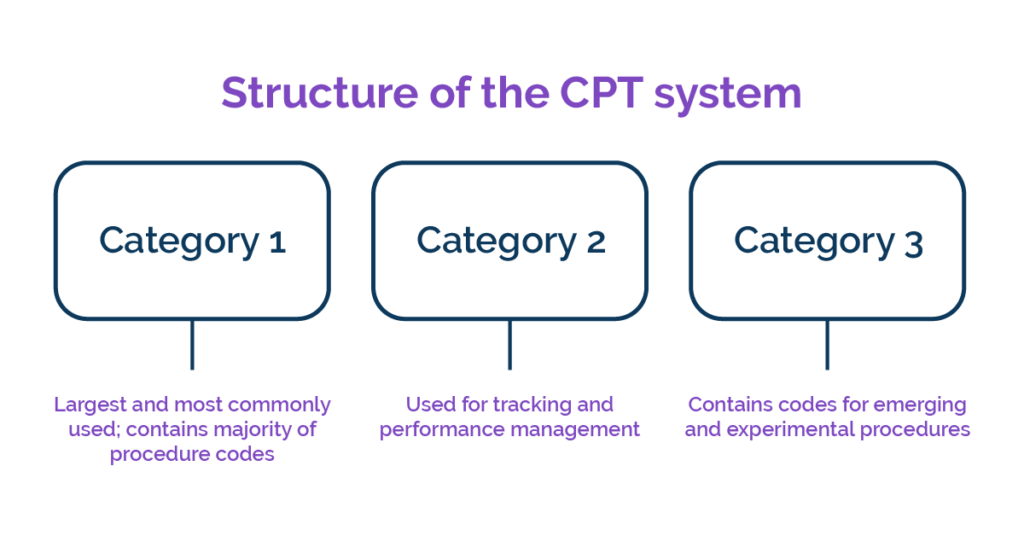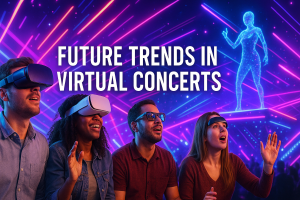

Introduction
Every big leap in science changes our world. In gene editing, CRISPR has been that leap. In 2012, 1.0 with Cas9 appeared, letting scientists cut DNA in precise spots.
Now, scientists unveil 3.0, the next frontier in precision gene editing.
It builds on earlier tools but adds new enzymes, better guide RNAs, and safety switches. These upgrades cut unwanted edits and boost efficiency. They open doors to new therapies for genetic diseases, faster crop improvements, and advanced biotech products. As research teams worldwide test, its real impact for medicine, agriculture, and industry will become clearer.
In this article, you will learn what makes 3.0 unique. We will cover its core features, applications, safety and ethical issues, and tips for researchers. A comparison table will show how 3.0 stacks up against older versions. By the end, you will see why 3.0 is a game changer and how you can start using it in your work.
What is CRISPR 3.0?

CRISPR 3.0 is the latest system for editing genes with high accuracy. It refines and extends the CRISPR toolbox to solve key limits of earlier versions.
Evolution of CRISPR tools
CRISPR 1.0 used the Cas9 protein guided by RNA to cut DNA at matching sites. This technique let researchers disrupt genes or insert small fragments. However, Cas9 sometimes cut at off-target sites.
Researchers then invented base editors that change one DNA letter to another without cutting the strand. Prime editors fused Cas9 to a reverse transcriptase to write new DNA sequences into the genome.
Core mechanism of CRISPR 3.0
CRISPR 3.0 adds new enzymes like Cas12b and engineered CasX that fit into smaller delivery vehicles. Guide RNAs now include extra structural motifs that strengthen correct DNA binding and reduce mismatches. Drug-inducible domains act as safety switches, so the system only activates when a safe small molecule is present.
Advanced carriers—lipid nanoparticles and targeted viral vectors—guard the editing machinery until it reaches the target cell. High-throughput screening helps scientists pick the best guide-enzyme pair for each application.
These improvements make CRISPR 3.0 more precise, efficient, and safer than ever before.
Key Features of CRISPR 3.0
CRISPR 3.0 stands out for five main features that push gene editing forward.
Enhanced specificity
Off-target edits can harm cells or cause unwanted mutations. CRISPR 3.0’s new Cas variants include mutations that reduce binding to near-matching DNA. Combined with guide RNA scaffolds that form stable hairpins, off-target cuts drop by over 80 percent compared to CRISPR 1.0.
Improved efficiency
Editing efficiency measures how many cells carry the intended change after one treatment. CRISPR 3.0 enzymes cut faster and recover their activity more quickly, leading to a two-fold increase in edit rates in human cell tests. Higher efficiency means fewer cells need re-editing, saving time and resources.
Versatile enzyme options
Researchers can choose among Cas12b, CasX, and compact Cas9 variants for different needs. Smaller enzymes work well with adeno-associated virus (AAV) vectors, while larger ones suit lipid nanoparticles. RNA-targeting Cas proteins help edit RNA without permanent DNA changes, enabling temporary therapies.
Advanced delivery systems
Effective delivery is key for real-world use. CRISPR 3.0 uses next-gen lipid nanoparticles that evade immune detection and target specific organs.
Polymeric carriers release their cargo only in acidic endosomes. Designer viral capsids home in on liver or lung cells. Better delivery raises on-target editing and lowers side effects.
Built-in safety switche
This control prevents unwanted activity during manufacturing or off-target exposure.
These features help researchers push CRISPR 3.0 from lab models to clinical and agricultural applications with more confidence.
Applications of CRISPR 3.0

The upgrades in CRISPR 3.0 unlock exciting new uses across multiple fields.
Medical therapies
CRISPR 3.0 aims to cure genetic diseases by fixing DNA in patients’ cells. In ex vivo treatments, doctors extract patient cells, use CRISPR 3.0 to repair faulty genes, then return healthy cells to the body. Early trials for sickle cell disease and beta-thalassemia show promise.
In vivo editing, where medicine goes directly into the patient, could treat liver disorders and eye diseases. RNA-targeting tools allow temporary edits for viral infections without permanent DNA change.
Agriculture and food security
Farmers use CRISPR 3.0 to improve crops faster and more precisely. Editing genes for drought tolerance, pest resistance, and nutrient content helps feed a growing population. For example, scientists recently used CRISPR 3.0 to boost vitamin A in rice without introducing foreign DNA. Regulatory agencies often view precise edits more leniently than transgenic modifications, so crops can reach fields faster.
Industrial biotechnology
Biotech companies edit microbes with CRISPR 3.0 to make biofuels, enzymes, and bioplastics. Precise tweaks to yeast or bacteria genomes raise production yields and reduce byproducts. Environmental strains that break down pollutants or capture CO₂ also benefit from CRISPR 3.0’s accuracy. Startups can engineer mammalian cell lines for vaccine and therapeutic production, cutting development time.
These case studies show CRISPR 3.0’s wide reach, from human health to sustainable manufacturing.
Ethical and Safety Considerations
CRISPR 3.0’s power brings responsibility. Teams must address ethical questions and ensure safety.
Ethical questions
Editing human embryos or germline cells carries permanent changes passed through generations. Many call for a moratorium on germline editing until global guidelines are in place. Other concerns focus on equity.
Advanced gene therapies can cost hundreds of thousands per patient, risking unequal access. Public engagement and transparent policy-making help balance innovation with social justice.
Regulatory landscape
Agencies like the FDA and EMA update rules for CRISPR 3.0 therapies. The FDA now offers a faster pathway for gene editing medicines targeting rare diseases. In agriculture, the USDA and EFSA refine guidelines to distinguish precise gene edits from GMO rules. Clear rules on labeling and traceability remain common expectations.
Safety protocols
Laboratories using CRISPR 3.0 follow strict biosafety standards. Researchers screen for off-target effects with whole-genome sequencing and AI prediction tools. Drug-inducible safety switches require two-factor activation for editing.
Patient monitoring in clinical trials tracks long-term outcomes to catch late issues. Open data sharing on adverse events builds trust and guides best practices.
Balancing rapid progress with careful oversight ensures CRISPR 3.0 benefits society while minimizing risks.
Tips for Researchers Adopting CRISPR 3.0

Labs moving to CRISPR 3.0 can follow these practical guidelines.
Design effective guide RNAs
Use updated online tools that factor in CRISPR 3.0’s specificity. Pick guides with minimal sequence similarity to other genome sites. Test multiple guides quickly in cell-free assays before cellular experiments.
Select the right enzyme and delivery method
Match enzyme choice to your target tissue. Use AAV-compatible small enzymes for liver editing. Consider lipid nanoparticles for broader tissue reach. For hard-to-transfect cells, use electroporation or polymeric carriers.
Validate edits thoroughly
Use digital PCR to quantify editing rates. Test multiple biological replicates and clones to ensure consistency.
Keep detailed records
Document guide sequences, enzyme versions, delivery vectors, and assay conditions. Good laboratory notes help troubleshoot and support regulatory filings and publications.
Collaborate and share insights
Join CRISPR 3.0 networks, attend workshops, and participate in online forums. Sharing results on successes and challenges accelerates collective learning.
By following these steps, researchers can harness CRISPR 3.0 effectively and responsibly.
Future Outlook for Precision Gene Editing

The horizon for CRISPR 3.0 is bright and broad.
Clinical expansion
As safety data grows, more in vivo trials will begin for liver, muscle, and neurological diseases. Gene therapies may become standard care for rare and common genetic conditions. Combining CRISPR 3.0 with cell therapies like CAR-T cells could improve cancer treatments.
Agricultural innovation
By 2030, CRISPR 3.0–edited crops may supply a significant share of staple foods. Climate-resilient varieties needing less water or fertilizer will aid regions facing food insecurity. Precise edits will help breeders protect heirloom traits while improving yield.
Industrial and environmental applications
Biofactories using CRISPR 3.0–engineered microbes will scale production of green chemicals, biofuels, and biodegradable plastics. Environmental strains may clean oil spills or capture atmospheric carbon dioxide more efficiently.
AI and automation in design
Machine learning will speed guide RNA design and off-target prediction. Automated lab platforms will run high-throughput CRISPR 3.0 screens to identify optimal conditions for each cell type. This integration of AI and biotech will accelerate discovery and reduce costs.
Comparison of CRISPR Versions
| CRISPR Version | Enzyme(s) | Key Innovation | Off-Target Rate | Common Uses |
|---|---|---|---|---|
| CRISPR 1.0 | Cas9 | Simple double-strand DNA cuts | Moderate | Gene knockouts, basic research |
| CRISPR 2.0 | Base Editors, Prime Editor | Single-base changes, targeted insertions | Low | Point mutations, small sequence edits |
| CRISPR 3.0 | Cas12b, CasX, Engineered Cas9 | Enhanced specificity, safety switches | Lowest | Therapeutic editing, complex regulation |
This table shows how CRISPR 3.0 builds on earlier versions. It offers the lowest off-target rates, new enzymes for flexible delivery, and built-in safety controls for advanced applications.
Conclusion
CRISPR 3.0 marks a major leap in precision gene editing. It refines earlier tools with new enzymes, stronger guide RNAs, advanced delivery systems, and safety switches. These upgrades boost specificity and efficiency while cutting off-target risks.
Adopting CRISPR 3.0 requires thoughtful guide design, proper delivery choice, and thorough validation. Ethical and regulatory frameworks continue to evolve, supporting responsible innovation.



































